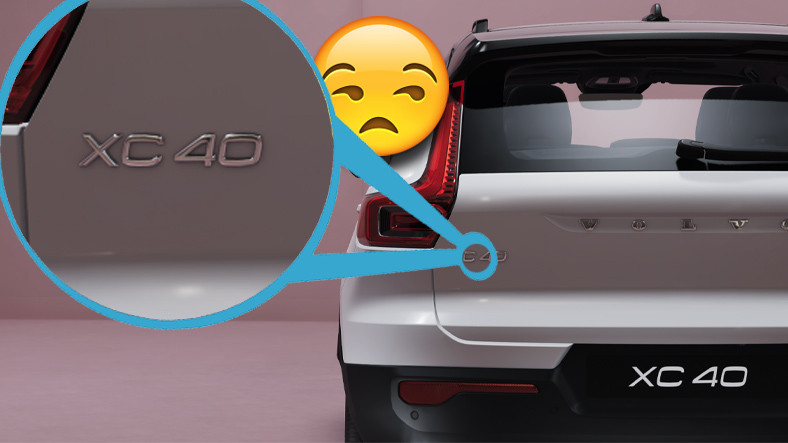Lockheed Martin is taking a giant leap forward in lunar infrastructure by forming a subsidiary company called Crescent Space. Its purpose is to provide reliable communication systems for people to stay on the moon for a long time. The company’s first project is a satellite network called Parsec, which will connect the Moon and Earth via a constellation of small lunar satellites. The network will provide constant communication between the astronauts, their equipment, and people at home. In addition, Parsec will also aid navigation, making it an important tool for future lunar missions.
One of Parsec’s key advantages is the moon’s equivalent of GPS, which will provide astronauts with their exact location and direction to return to base. This technology will help researchers maintain communication with Earth and change the course of the spacecraft. Also, helping the rover crew get home without crashing into dangerous craters will be crucial for those on lunar soil.
Lockheed Martin plans to launch the first Parsec nodes from Crescent by 2025, and the company will provide the satellites. While the launch may seem premature, as NASA’s Artemis program is not scheduled to fly to the moon until late 2024 and land in late 2025, the company is well positioned to support NASA’s Artemis moon landing and other exploration missions. CEO Joe Landon, a former vice president at Lockheed Martin Space, is optimistic about the future of the venture, hoping to capitalize on the increased interest in lunar missions.
Lockheed Martin’s move to Crescent Space and the launch of Parsec mark a significant advance in lunar infrastructure. The company’s involvement in the space race is likely to benefit both private and national lunar exploration efforts, as the technology provides reliable communications and navigation systems for lunar missions.













